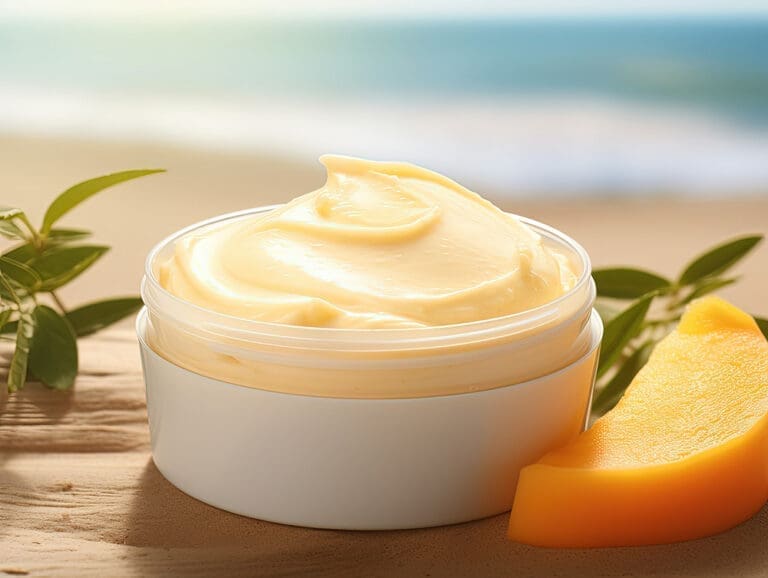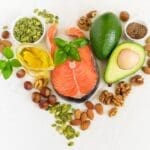Let’s explore why tallow is a powerhouse ingredient and how it can benefit your skin.
What is Tallow?
Tallow is rendered beef or mutton fat, traditionally used in cooking, soap making, and skincare. When sourced from grass-fed cows, tallow is rich in nutrients and closely resembles the natural oils found in human skin. This makes it an ideal ingredient for natural, effective skincare.
Nutrient-Rich and Skin-Loving
- High in Vitamins A, D, E, and K: These fat-soluble vitamins are essential for maintaining healthy skin. Vitamin A encourages skin cell turnover, Vitamin D supports skin protection and rejuvenation, Vitamin E acts as a powerful antioxidant, and Vitamin K helps with skin elasticity and repair.
- Rich in Omega Fatty Acids: Tallow contains Omega 3 and 6 fatty acids, which are crucial for maintaining the skin’s natural barrier. These fatty acids help to keep skin hydrated, reduce inflammation, and support overall skin health
- Contains Conjugated Linoleic Acid (CLA): CLA has anti-inflammatory and anti-microbial properties, making tallow an excellent choice for those with acne-prone or irritated skin.
Benefits of Tallow for Skin
- Deep Moisturization: Tallow penetrates deeply into the skin, providing long-lasting hydration without clogging pores. It’s especially beneficial for dry, chapped, or aging skin.
- Skin Barrier Support: The fatty acids in tallow help to strengthen the skin’s natural barrier, protecting against environmental damage and preventing moisture loss.
- Natural and Non-Toxic: Unlike many commercial skincare products that contain synthetic ingredients and preservatives, tallow is a natural, non-toxic alternative that nourishes the skin without harsh chemicals.
- Healing Properties: Thanks to its anti-inflammatory and antimicrobial properties, tallow can help soothe and heal various skin conditions, such as eczema, psoriasis, and dermatitis
How to Incorporate Tallow into Your Skincare Routine
1. Tallow Balm
One of the easiest ways to enjoy the benefits of tallow is by making or purchasing a tallow balm. You can create a simple and effective balm at home with just a few ingredients: grass-fed beef tallow, quality oil (like avocado or rose hip), raw honey, and essential oils. This balm can be used as a moisturizer, lip balm, or spot treatment for dry areas.
2. Tallow Soap
Tallow soap is another excellent way to incorporate this nutrient-rich fat into your daily routine. Handmade tallow soap bars are gentle on the skin and provide deep cleansing without stripping natural oils.
3. Tallow-Based Lotions and Creams
Look for tallow-based lotions and creams if you prefer a lighter texture. These products combine the nourishing properties of tallow with other beneficial ingredients to create a luxurious skincare experience.
Tallow is a versatile and potent ingredient that can revolutionize your skincare routine. You can enjoy deeply moisturized, healthy, and radiant skin by incorporating tallow-based products or DIY recipes into your regimen. Give Tallow a try and experience the nourishing benefits for yourself! Get a free DIY Honey and Tallow recipe here!
We hope you found this post informative and inspiring. Stay tuned for more natural wellness tips and DIY recipes on our blog!













